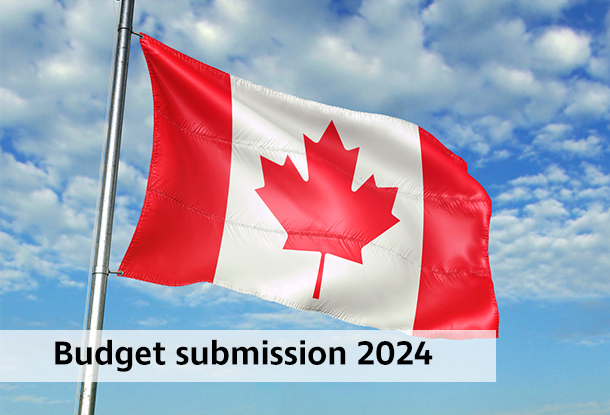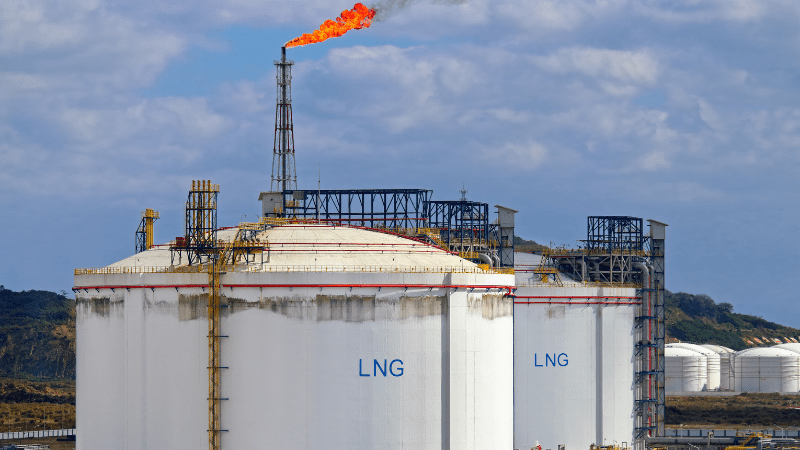Marco Levytsky, Editorial Writer.
The Russian Federation continues to build up its military presence at the border with Ukraine causing extreme tension not only in that country, but in the world as a whole.
It is difficult to predict precisely what Russian dictator Vladimir Putin has in mind. Many analysts believe that it is a bluff intended to test the West’s resolves, in particular that of newly inaugurated U.S. President Joe Biden. Heorhiy Tuka, a former Ukrainian deputy minister for the occupied territories, says there are three likely scenarios:
- A show of force intended to force a new round of negotiations regarding the conflict in the Donbas.
- An escalation of fighting involving pinpoint strikes that would not result in Russian forces crossing the border with Ukraine but would still force negotiations.
- Or a full-scale invasion of Ukraine that would attempt to establish a corridor between Russian-controlled Crimea and separatist-held territories in the Donbas.
Tuka says he considers the second scenario to be the most likely, but with Putin one can never be sure what he really intends to do. One thing is for certain. Putin, like Adolph Hitler, will test the resolve of Western democracies to see how much he can get away with and take advantage of any weakness he perceives.
Last week we commented on Ukrainian President Volodymyr Zelenskyy’s appeal for NATO to designate a clear path for Ukraine to enter the alliance. He raised this issue with NATO Secretary General Jens Stoltenberg, and Canada’s Prime Minister Justin Trudeau in telephone conversations with both on April 6. The Prime Minister’s Office has not commented publicly on Zelenskyy’s request, but Canada has been known to lobby on Ukraine’s behalf behind closed doors and that is quite likely what is happening now.
While there is widespread and, indeed, growing support for NATO accession within the Ukrainian population, and Ukraine is well along the process of reforming its military to meet NATO standards, the question of NATO accession remains problematic. One of the reasons this remains an issue is that Ukraine is at war with Russia. Most people assume that if a path is cleared for Ukraine to become a NATO member this will force all other members to go to war with the Russian Federation – a conflict that could result in a nuclear holocaust.
Technically, that is not the case. As Iryna Friz the former Head of the Permanent Delegation of Ukraine to NATO’s Parliamentary Assembly noted in a 2018 article, Article 5 of the North Atlantic Treaty, which provides for the use of collective defense in the event of an attack on one of the Allies, requires that the Allies provide assistance individually or collectively, including through the use of armed forces. “This means that the Treaty does not contain a direct obligation to use the armed forces of member states for such assistance. According to the regulations and practice, assistance can be provided at the expense of resources, logistics and other kinds (intelligence, technical, etc.) of support… Article 5… does not entail an obligation to declare war on the aggressor and necessarily apply force against it,” she wrote.
“Thus, the aggression of the Russian Federation cannot be considered a legal obstacle to Ukraine’s accession to the Alliance. The prospect of gaining membership lies exclusively in the political plane. It depends on how quickly and efficiently Ukraine will move on the way toward embracing NATO standards, strengthening democratic institutions and remaining a predictable and stable country of the Euro-Atlantic area,” added Friz.
While that may be true, the popular perception is the opposite, and it will be difficult to convince the general public in any Western country that such is the case. Therefore, it is necessary for Ukraine to adopt a Plan B – namely what can Western countries do to help Ukraine in its conflict while the NATO question remains on hold. As for Canada, there are several ways we can help.
First, and this was mentioned by Zelenskyy during his telephone call with Trudeau, is expanding and enhancing the training program, Operation Unifier. This is a highly successful program which has helped turn the Ukrainian Armed Forces from the rag-tag outfit that had been completely emasculated by former President Viktor Yanukovych into the battle-hardened lean, mean machine that has kept the Russians from further encroachment. While Russia remains the superior military power and will always be so, this new fighting force could put up sufficient resistance to and inflict sufficient damage upon an invading force to make Moscow reconsider such action.
Second, and this was mentioned by Zelenskyy in his call to Stoltenberg, is to recognize the Black Sea as a focal point and strengthen NATO’s presence in those waters.
Third, increase the supply of both lethal and non-lethal weaponry to Ukraine. It has been suggested that Canada could even create joint ventures to manufacture arms in Ukraine.
Whatever action is taken by Western democracies, it must be forceful enough to make Putin realize that the consequences of increased aggression against Ukraine will outweigh the benefits. Nobody wants to see this escalate to a nuclear exchange, but it must be noted that if you allow a bully like Putin to run rampant over Ukraine, you may find he won’t stop there, and the world will be plunged into an even greater holocaust.
Share on Social Media

































